Results 2,341 to 2,350 of 12091
Thread: Anandtech News
-
10-29-12, 12:30 PM #2341
Anandtech: Microsoft's Windows Phone 8 Event - Liveblog
We're in San Francisco for Microsoft's Windows Phone 8 event today, where the software giant will unveil the latest in its smartphone platform. There's a lot more in store today from Windows Phone, so stay tuned.
 

More...
-
10-29-12, 01:30 PM #2342
Anandtech: Windows Phone 8 and Windows Phone 8X by HTC Preview
For a long time Microsoft was in an enviable position in the smartphone space. It had almost all the pieces of the puzzle you’d expect for delivering a truly unique smartphone platform. It had the historical perspective, from the initial days of PocketPC, to Windows Mobile platforms, the software giant hasn’t exactly been uninvolved with the smartphone space. It is and remains first and foremost a software company, while other players come either the web or primarily hardware-focused perspectives. Lastly, it had the relationship with OEMs like HTC already, willing to commit to radically different platforms. It seemed like execution was just a matter of lining up all those assets and clicking go.
With Windows Phone 7, we saw Microsoft make a clean break from Windows Mobile and begin to morph the mobile experience from something tailored largely for users wanting a smartphone that emulated the Windows experience as much as possible on a smaller screen to a mobile-driven UI with a completely ground-up look at what needs to be part of a smartphone OS. WP7 was a radical re-imagining of Microsoft’s mobile story at a point in the smartphone explosion where it wasn’t very clear who would emerge victorious and who would fizzle out. I remember being at MIX10 two years ago and watching the elements of WP7 taking shape, and while that launch didn’t necessarily have every last feature needed to guarantee success, Windows Phone is still around and a few other big players notably aren’t. At that point Microsoft essentially started anew and since then has largely remained something of a number three in the smartphone OS space while iOS and Android have continued charging ahead. The question now is just how Windows Phone 8 will upset that balance.

More...
-
10-29-12, 04:30 PM #2343
Anandtech: AMD Will Build 64-bit ARM based Opteron CPUs for Servers, Production in 20
Last year AMD officially became an ARM licensee, although the deal wasn't publicized at the time. Fast forward to June 2012 and we saw the first fruits of that deal: AMD announced it would integrate ARM's Cortex A5 core into its 2013 APUs to enable TrustZone support.
Today comes a much bigger announcement: AMD will be building Opteron processors based on a 64-bit ARM architecture. There are no product announcements today, but the 64-bit ARM Opterons will go into production in 2014. 
The only other detail we know is that these ARM based Opterons will embed SeaMicro's Freedom Fabric, presumably on-die.
AMD offering ARM based Opterons is really to target the microserver market. As for why AMD isn't using Jaguar for these parts, it's likely that by going with ARM it can lower the development time and cost to get into this market.
AMD was quick to mention that despite today's announcement, it will continue to build x86 CPUs and APUs for client and server markets.
Overall the move sounds a lot like AMD trying to move quickly to capitalize on a new market. It's unclear just how big the ARM based server market will be, but AMD seems to hope that it'll be on the forefront of that revolution - should it happen. Embracing ARM also further aligns AMD with one of Intel's most threatening sources of competition at this point. The question is whether or not AMD is doing itself more harm than good by working to devalue x86 in the server space. I suspect it'll be years before we know the real impact of AMD's move here.
The other major takeaway is that AMD is looking to find lower cost ways of bringing competitive platforms to market. I do think that a Jaguar based Opteron would likely be the best route for AMD, but it would also likely require a bit more effort than integrating an ARM core.
Obviously competition will be more prevalent in the ARM server space, but here is where AMD hopes its brand and position in the market will be able to give it an advantage. AMD will also be relying heavily on the SeaMicro Freedom Fabric for giving its ARM based Opterons a leg up on the competition. This is one time where I really wish AMD hadn't spun off its fabs.

More...
-
10-30-12, 01:00 AM #2344
Anandtech: Nexus 4 and Nexus 10: A Closer Look
If we'd never heard the name Sandy, we'd have featured two live blogs today, and had a few hours to spend with the latest members of the Nexus family. Sadly, Google's event was canceled and so we're left with press images and specifications. But that doesn't mean there isn't plenty to discuss, so let's get started. 
The Nexus 4
The Nexus program has always had three components: a platform, an OEM and new software. The platform is the SoC and other internal hardware components that define the performance characteristics Google would like to see all manufacturers pursue. The OEM partner works with Google in design and features, and, of course, manufacturing and packaging. At times the platform and OEM have fit hand in glove, with the platform and design hewn from an existing product. We saw this in the Nexus One, which mirrored the hardware HTC was offering in the Droid Incredible and several other models. We saw this again with the Nexus S, which was strikingly similar to Samsung's Galaxy S, within and without. The Galaxy Nexus was a strange departure, owing its internals to a platform preferred by Motorola, but with a design that foretold Samsung's next iteration of the Galaxy S family. And now, there's the Nexus 4, which could have easily been called the Optimus Nexus or the Nexus G, were it not for Google finding a nomenclature they liked. 
Gallery: Google Nexus 4 Press Shots


Looking at the LG Optimus G's spec sheet alongside that of the Nexus 4 could leave one a bit bemused at how little has really changed. The same SoC, RAM, display, connectivity and battery configuration are shared by both devices. The Nexus 4 adds wireless charging, and wireless display courtesy of the Miracast standard. The design is familiar, but distinct; taking the hard lines of the rather square Optimus and softening them to form the Nexus. But much of the distinction comes in two key areas: price and software.
In lieu of a drastic overhaul of Jelly Bean, this point advance refines various features we've already seen. Photo Sphere expands the panorama function to generate a composite that includes frames in multiple axes, resulting in an image similar to those you find in Google's Street View. A new text input option comes with Gesture Typing, which mimics Swype's mechanism of having the user glide their finger between target letters. Miracast is enabled with the update, which serves as an answer to Apple's AirPlay, though the ubiquity of Apple TV trumps that of Miracast-enabled displays. Quick Actions for Notifications and Google Now have been expanded and the Google Search results are now graced by their Knowledge Graph. LG will certainly work to have Android 4.2 ready for their Optimus G, before too long, but the Nexus 4's present exclusivity, and promise of future updates gives it an edge. Nexus 4 and LG Optimus G Comparison Device Nexus 4 LG Optimus G SoC 1.5 GHz Qualcomm Snapdragon S4 Pro
(APQ8064: 4 x Krait + Adreno 320)1.5 GHz Qualcomm Snapdragon S4 Pro
(APQ8064: 4 x Krait + Adreno 320)RAM/NAND/Expansion 2 GB LPDDR2, 8/16 GB NAND, no microSD 2 GB LPDDR2, 16 GB NAND, 16 GB microSD Display 4.7" WXGA TrueHD IPS Plus (1280x768) with In-Cell Touch 4.7" WXGA TrueHD IPS Plus (1280x768) with In-Cell Touch Network Pentaband 2G / 3G (Uncertain baseband) 2G / 3G / 4G LTE (Qualcomm MDM9615 UE Category 3 LTE) Dimensions 133.9mm x 68.7mm x 9.1mm, 139 grams 131.9mm x 68.9mm x 8.45mm, 145 grams Camera 8.0 MP Rear Facing, 1.3 MP Front Facing 13.0 MP or 8.0 MP Rear Facing, 1.3 MP Front Facing Battery 2100 mAh 3.8V (7.98 Whr) 2100 mAh 3.8V (7.98 Whr) OS Android 4.2 Android 4.0.x Connectivity 802.11b/g/n + BT 4.0, USB2.0, GPS/GNSS, MHL, DLNA, NFC, Miracast wireless display 802.11b/g/n + BT 4.0, USB2.0, GPS/GNSS, MHL, DLNA, NFC
Then there's price. The Nexus One premiered with impressive specs for the time and was a shot across the bow by Google against the US carriers. By tying us to lengthy contracts, US carriers maintain all of the agency for device selection, pricing and software bloat. By offering a halo phone from their own store, and selling it unlocked, Google offered an alternative. There were a few problems, though, with the price chief among them. At $529 off-contract, the Nexus One was priced similarly to other off-contract devices, but was far in excess of what consumers typically spend on even high-end devices. So, the experiment was a bit of a failure, with most off-contract buyers being enthusiasts and technophiles. 
The LG Optimus G is available through AT&T off-contract for an oddly familiar $549, while the Nexus 4 sheds $250 from the price along with 8 GB of NAND and the microSD slot. We'll refrain from making a to-do about the storage limitations, and focus on the unprecedented value that this device offers. And this makes it the shot across the bow for which the Nexus One was intended. But there's a different cost: LTE.
The GSM/HSPA networks that dominate internationally, and are featured here with AT&T and T-Mobile, offer interoperability across certain limited bands. The result is that a pentaband device can operate on nearly any GSM/HSPA network in the world. LTE interoperability is a rat's nest that may never be solved. Many more bands can be utilized and for those carrier's with legacy CDMA networks there remains a certification process that must be undergone by new hardware and software. The result is that no one device would operate on the panoply of networks in the US alone, and couldn't operate on several of them at all without direct involvement by the carriers. So, in order to maintain independence from the carrier taint, Google omits LTE and foregoes CDMA2000 networks like Verizon or Sprint. 
Does lacking the most modern air interface make this a lame duck? That's for you to decide. This remains the highest bang for your buck we've seen in an off-contract phone. At least on paper. We'll see how things look for sure in the review. 
The Nexus 10
Samsung's involvement in the second Nexus tablet comes at an interesting time in the Android tablet market. The iPad's success persists like a runaway freight train; updated hardware and a new form factor seem almost superfluous to the knowledge that the iPad will sell millions of units before the holidays. Despite previously flagging sales and market enthusiasm, the Nexus 7 and Kindle Fire demonstrated that there's life in the Android tablet market. So, with portability and affordability seemingly of paramount concern to tablet buyers, what's the place of a high-end, 10" tablet? 
The Nexus 10 marries the highest resolution display found on any tablet, with the latest CPU and GPU from ARM's design works. The SoC is the long awaited Exynos 5 Dual, the first with ARM's Cortex-A15 cores, and Mali-T604 GPU. Anand's been chugging away at the review for the most recent Chromebook, the first device to feature the Exynos 5 Dual, and will dig deep into the performance of the hardware, so we'll save plenty for that. I will mention again, though, that one of the key features of the SoC is the enormous memory bandwidth. 
When Apple introduced the Retina display on the iPad (early 2012) we explored the importance of memory bandwidth to be able to generate all those pixels at a high frame rate. For Apple the solution in the A5X was to develop a configuration of four 32-bit channels connected to LP-DDR2 memory with a 400 MHz clock. The resulting bandwidth was an impressive 12.8 GB/s. The Exynos 5 Dual matches that figure, but does so with half the channels at twice the clocks while utilizing low-voltage DDR3 memory (2x32bit @800 MHz). 
Where the Nexus 10 matches the iPad for memory bandwidth, it exceeds it in resolution. There was a time not so long ago that resolutions of 2560x1600 (WQXGA) were the stuff of 27" and 30" monitors, intended for workstations and gaming enthusiasts. As of November 13th, though, you'll find it in a 10" tablet weighing in at under two-thirds of a kilogram. We're sticklers for waiting till we've dissected things before we sing their praises, but historically, Samsung's done good things with these PLS devices in their tablets. 
Android 4.2 is on board, with a few tweaks for the tablet set. A new multi-user option will allow multiple people to share a tablet with each user given their own configuration and data. It will be interesting to see the way this is implemented, how resources and storage are shared amongst users, how apps common to multiple users are handled. 
With so much performance and so many pixels on hand, the Nexus 10 is a clear grab for iPad sales. Whether it sees success similar to the Nexus 7 may depend in part on pricing. At $399 for the 16 GB model, and $499 for the 32 GB model, the Nexus 10 undercuts the iPad by $100 across the board. Does that price make the Nexus 10 a clear recommendation of the recently updated iPad? We'll have to wait and see. 

More...
-
10-30-12, 12:00 PM #2345
Anandtech: ARM's Cortex A57 and Cortex A53: The First 64-bit ARMv8 CPU Cores
Yesterday AMD revealed that in 2014 it would begin production of its first ARMv8 based 64-bit Opteron CPUs. At the time we didn't know what core AMD would use, however today ARM helped fill in that blank for us with two new 64-bit core announcements: the ARM Cortex-A57 and Cortex-A53.
You may have heard of ARM's Cortex-A57 under the codename Atlas, while A53 was referred to internally as Apollo. The two are 64-bit successors to the Cortex A15 and A7, respectively. Similar to their 32-bit counterparts, the A57 and A53 can be used independently or in a big.LITTLE configuration. As a recap, big.LITTLE uses a combination of big (read: power hungry, high performance) and little (read: low power, lower performance) ARM cores on a single SoC. 
By ensuring that both the big and little cores support the same ISA, the OS can dynamically swap the cores in and out of the scheduling pool depending on the workload. For example, when playing a game or browsing the web on a smartphone, a pair of A57s could be active, delivering great performance at a high power penalty. On the other hand, while just navigating through your phone's UI or checking email a pair of A53s could deliver adequate performance while saving a lot of power. A hypothetical SoC with two Cortex A57s and two Cortex A53s would still only appear to the OS as a dual-core system, but it would alternate between performance levels depending on workload.
Architecturally, the Cortex A57 is much like a tweaked Cortex A15 with 64-bit support. The CPU is still a 3-wide/3-issue machine with a 15+ stage pipeline. ARM has increased the width of NEON execution units in the Cortex A57 (128-bits wide now?) as well as enabled support for IEEE-754 DP FP. There have been some other minor pipeline enhancements as well. The end result is up to a 20 - 30% increase in performance over the Cortex A15 while running 32-bit code. Running 64-bit code you'll see an additional performance advantage as the 64-bit register file is far simplified compared to the 32-bit RF.
The Cortex A57 will support configurations of up to (and beyond) 16 cores for use in server environments. Based on ARM's presentation it looks like groups of four A57 cores will share a single L2 cache.
Similarly, the Cortex A53 is a tweaked version of the Cortex A7 with 64-bit support. ARM didn't provide as many details here other than to confirm that we're still looking at a simple, in-order architecture with an 8 stage pipeline. The A53 can be used in server environments as well since it's ISA compatible with the A57.
ARM claims that on the same process node (32nm) the Cortex A53 is able to deliver the same performance as a Cortex A9 but at roughly 60% of the die area. The performance claims apply to both integer and floating point workloads. ARM tells me that it simply reduced a lot of the buffering and data structure size, while more efficiently improving performance. From looking at Apple's Swift it's very obvious that a lot can be done simply by improving the memory interface of ARM's Cortex A9. It's possible that ARM addressed that shortcoming while balancing out the gains by removing other performance enhancing elements of the core.
Both CPU cores are able to run 32-bit and 64-bit ARM code, as well as a mix of both so long as the OS is 64-bit.
Completed Cortex A57 and A53 core designs will be delivered to partners (including AMD and Samsung) by the middle of next year. Silicon based on these cores should be ready by late 2013/early 2014, with production following 6 - 12 months after that. AMD claimed it would have an ARMv8 based Opteron in production in 2014, which seems possible (although aggressive) based on what ARM told me.
ARM expects the first designs to appear at 28nm and 20nm. There's an obvious path to 14nm as well.
It's interesting to note ARM's commitment to big.LITTLE as a strategy for pushing mobile SoC performance forward. I'm curious to see how the first A15/A7 designs work out. It's also good to see ARM not letting up on pushing its architectures forward.

More...
-
10-31-12, 01:00 AM #2346
Anandtech: Inside the Titan Supercomputer: 299K AMD x86 Cores and 18.6K NVIDIA GPU Co
Earlier this month I drove out to Oak Ridge, Tennessee to pay a visit to the Oak Ridge National Laboratory (ORNL). I'd never been to a national lab before, but my ORNL visit was for a very specific purpose: to witness the final installation of the Titan supercomputer.
ORNL is a US Department of Energy laboratory that's managed by UT-Battelle. Oak Ridge has a core competency in computational science, making it not only unique among all DoE labs but also making it perfect for a big supercomputer.
Titan is the latest supercomputer to be deployed at Oak Ridge, although it's technically a significant upgrade rather than a brand new installation. Jaguar, the supercomputer being upgraded, featured 18,688 compute nodes - each with a 12-core AMD Opteron CPU. Titan takes the Jaguar base, maintaining the same number of compute nodes, but moves to 16-core Opteron CPUs paired with an NVIDIA Kepler K20 GPU per node. The result is 18,688 CPUs and 18,688 GPUs, all networked together to make a supercomputer that should be capable of landing at or near the top of the TOP500 list.
Over the course of a day in Oak Ridge I got a look at everything from how Titan was built to the types of applications that are run on the supercomputer. Having seen a lot of impressive technology demonstrations over the years, I have to say that my experience at Oak Ridge with Titan is probably one of the best. Normally I cover compute as it applies to making things look cooler or faster on consumer devices. I may even dabble in talking about how better computers enable more efficient datacenters (though that's more Johan's beat). But it's very rare that I get to look at the application of computing to better understanding life, the world and universe around us. It's meaningful, impactful compute.
Read on for our inside look at the Titan supercomputer.

More...
-
10-31-12, 08:30 AM #2347
Anandtech: Samsung Chromebook (XE303) Review: Testing ARM's Cortex A15
Google announced the Chrome OS project two years ago, and with it came the first Chromebook: the CR-48. The Chrome OS concept seemed revolutionary at the time. In 2010 we were well into the latest round of questioning whether today's PCs were fast enough. The Ultrabook revolution hadn't yet begun, and the iPad was starting to gain momentum. Capitalizing on the market being flooded with poor quality, yet affordable PC notebooks that still struggled with the same virus/malware issues they'd been facing for years, Google took the opportunity to attempt to revolutionize the PC OS.
Chrome OS was that attempt at a revolution. As an OS built around a web browser, Chrome OS offered many of the advantages that the Chrome browser itself brought to the table: sandboxing and constant/painless updates. All user data is encrypted on the drive by default. Security was and remains a major feature of Chrome OS.
Google's revolution extended to hardware as well. The Cr-48 notebook delivered a good keyboard, trackpad and solid state storage. Future Chromebooks would do the same. While the price points of these machines (<$500) kept ultra high resolution IPS displays out of the bill of materials, Google promised good build quality and solid state storage - two things you couldn't find in cheap notebooks of the time.
For Chrome OS and Google's Chromebooks to remain relevant, they also had to move down the pricing stack. With its most recent announcement, Google has done just that. The new Chromebook (Samsung XE303C12) is priced at $249, while maintaining much of what made its predecessors interesting.Even more interesting than its aggressive price point is the choice of SoC inside Google's new Chromebook: Samsung's Exynos 5 Dual, featuring two ARM Cortex A15 CPU cores. This move makes the new Chromebook the very first non-x86 machine to ship with Chrome OS. Given that I also happen to have a dual-core Atom based Chromebook from 2011, the new Exynos 5 based machine gave me a unique opportunity to get a preview of how ARM's next-generation CPU core would stack up against Atom.
Read on for our review.

More...
-
11-01-12, 10:30 AM #2348
Anandtech: Dell Latitude 6430u Brings Wilocity's 802.11ad WiGig Solution to Consumers
Wireless networking has been making rapid strides in the last decade. Starting with the 11 Mbps 802.11b in mid-1999, we now have more than 1 Gbps of wireless throughput with 802.11ac. Wi-Fi technologies have worked in the 2.4 GHz and 5 GHz bands till now. Many companies have tried to use the 60 GHz band for communication (mainy wireless video). WiGig is a 60 GHz technology aimed at wireless data transfer similar to Wi-Fi. However, operation in the 60 GHz band implies that it is meant to be more of a in-room technology. WiGig is being standardized under the 802.11ad task group.
Wilocity is one of the leading WiGig silicon vendors. They have been demonstrating their solution in various trade shows over the last year or so. In fact, we had covered their docking solutions at the 2012 CES as well as Computex 2012.
One of the main challenges for WiGig was to gain market traction. Something had to make a business case for WiGig and Intel's Ultrabook initiative emerged as the perfect opportunity. Pitching a standalone 60 GHz solution wasn't going to cut. So, Wilocity teamed up with Wi-Fi vendors to present a tri-band solution (2.4 GHz, 5 GHz and 60 GHz) to the notebook manufacturers. Qualcomm-Atheros was one of their first partners and they also teamed up with Marvell recently. As you can see from our earlier coverage, Wilocity pitches WiGig based docking stations for Ultrabooks. With the Windows 8 product launches, we are seeing the first such device making its way into the hands of the consumers.
The Dell Latitude 6430u Enterprise Ultrabook (the first Ultrabook in the Latitude line) incorporates the Wilocity / Qualcomm-Atheros tri-band chipset for the wireless docking and networking capabilities. The Dell WiGig-enabled docking station (also powered by Wilocity, obviously) enables the Ultrabook to wirelessly connected with a number of I/O devices such as external GPUs, storage, peripherals and expansion slots. It is no wonder that Dell is the first to market with a WiGig solution, considering that they are one of the founding members of the WiGig Alliance.
Pricing for the Ultrabook (as well as the docking station) is not yet public, as both are expected to be B2B solutions. The response to the Ultrabook / dock will be interesting to watch, as it will be an indicator of when (and whether) the solution will become available to consumers directly.

More...
-
11-01-12, 01:30 PM #2349
Anandtech: Apple Releases iOS 6.0.1 - Fixes Keyboard Artifacts, Other Bugs
This morning Apple pushed iOS 6.0.1 (10A525) live for iPads, iPod Touches, and iPhones that can run iOS 6.0. The update fixes a number of bugs that we noted in our review of the iPhone 5, including one which affected the keyboard and occasionally manifested itself with some rendering artifacts. In addition the update promises improved WiFi connectivity for BCM4334 based devices like the iPhone 5 and iPod Touch 5th generation on networks using WPA2 encryption. 
The actual changelog is below:
This update contains improvements and bug fixes, including: 
- Fixes a bug that prevents iPhone 5 from installing software updates wirelessly over the air
- Fixes a bug where horizontal lines may be displayed across the keyboard
- Fixes an issue that could cause camera flash to not go off
- Improves reliability of iPhone 5 and iPod touch (5th generation) when connected to encrypted WPA2 Wi-Fi networks
- Resolves an issue that prevents iPhone from using the cellular network in some instances
- Consolidated the Use Cellular Data switch for iTunes Match
- Fixes a Passcode Lock bug which sometimes allowed access to Passbook pass details from lock screen
- Fixes a bug affecting Exchange meetings
Interestingly enough the iPhone 5 shipping software has a bug which prevents it from getting the over-the-air update without a standalone helper application. The result is that users updating the iPhone 5 have to go into Software Update, which then begins downloading the helper application. After that's installed, the OTA can download and install normally. The iOS Updater helper application then goes away after the OTA has been installed. 
There's also note of a change to improve iPhone cellular connectivity. I'm hoping this resolves some issues I've seen where the iPhone 5 will randomly show no carrier string until after airplane mode is toggled. Curiously enough baseband version for the iPhone 5 remains 1.01.00. 
Source: iOS E-Lite (Download Links)

More...
-
11-02-12, 10:30 AM #2350
Anandtech: Google Nexus 4 and Nexus 10 Performance Preview
Earlier this week Google announced two new flagship Nexus devices: the Nexus 4 smartphone and the Nexus 10 tablet. We received review samples of both earlier this week, and while we're hard at work at full reviews of the devices we couldn't help but share all of the test data we've been able to amass at this point.
For those who aren't familiar with it, the Nexus 4 features Qualcomm's Snapdragon S4 Pro SoC - a quad-core 28nm Krait CPU with Qualcomm's next-generation Adreno 320 GPU. The combination proved quite formidable in the MDP/T we tested, as well as LG's recently announced Optimus G. The SoC drives a 4.7-inch 1280 x 768 IPS display and is paired with 2GB of LPDDR2 memory. The Nexus 4 ships unlocked with 8GB of NAND for $299 without a contract ($349 for the 16GB version). Pair that with DC-HSPA+ support and you get an absolute killer smartphone for use on T-Mobile: no contracts, very low monthly fees, and compelling cellular performance:
Brian will talk more about the combination in his full review, but rest assured that the lack of LTE is workable depending on T-Mobile coverage where you live/travel to.
The Nexus 10 also boasts a brand new SoC: Samsung's Exynos 5 Dual. The Exynos 5 Dual features two ARM Cortex A15 cores running at 1.7GHz as well as ARM's own Mali-T604 GPU. This happens to be the exact same platform used in the new Chromebook, just running Android. The Nexus 10 features a 10.1-inch 2560 x 1600 display, giving it the same resolution as the 13-inch MacBook Pro with Retina Display - but in an even smaller form factor. Google is also aggressive on Nexus 10 pricing: the 16GB WiFi-only tablet sells for $399, with the 32GB version going for $499.
Both Nexus devices run Android 4.2 and are guaranteed to be the first devices to be updated to upcoming Android revisions for the foreseeable future (it's the power of Nexus).
We haven't had a ton of time to test the devices and put this together so you're going to see combined performance charts throughout the rest of this article. Read on for our quick analysis!

More...
Thread Information
Users Browsing this Thread
There are currently 22 users browsing this thread. (0 members and 22 guests)




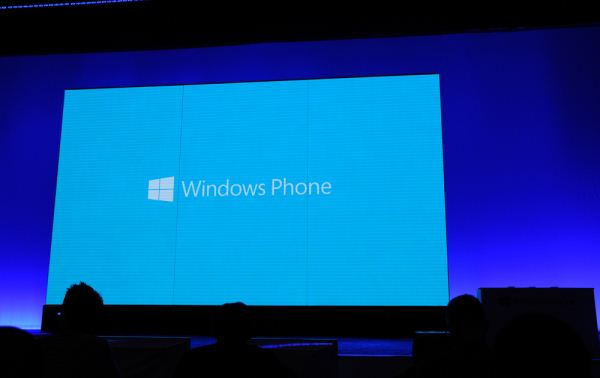



 Quote
Quote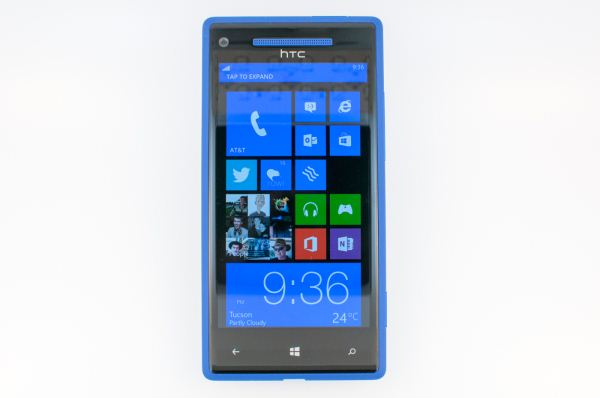
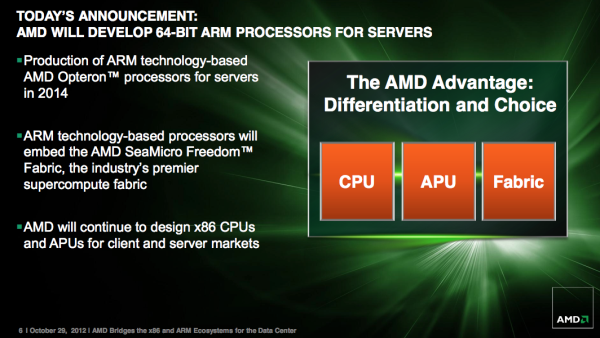
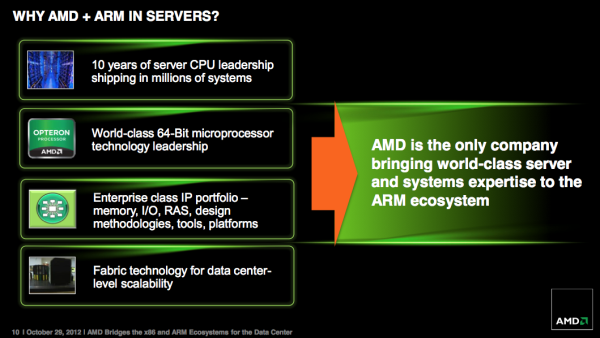
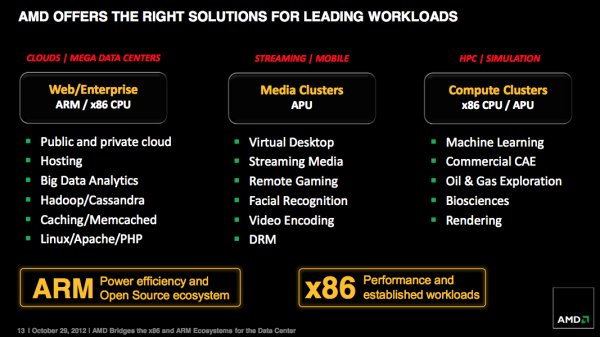
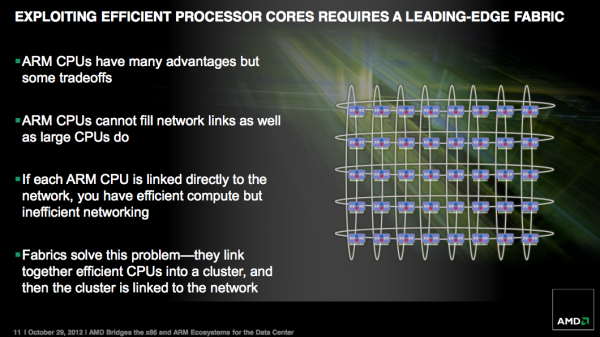
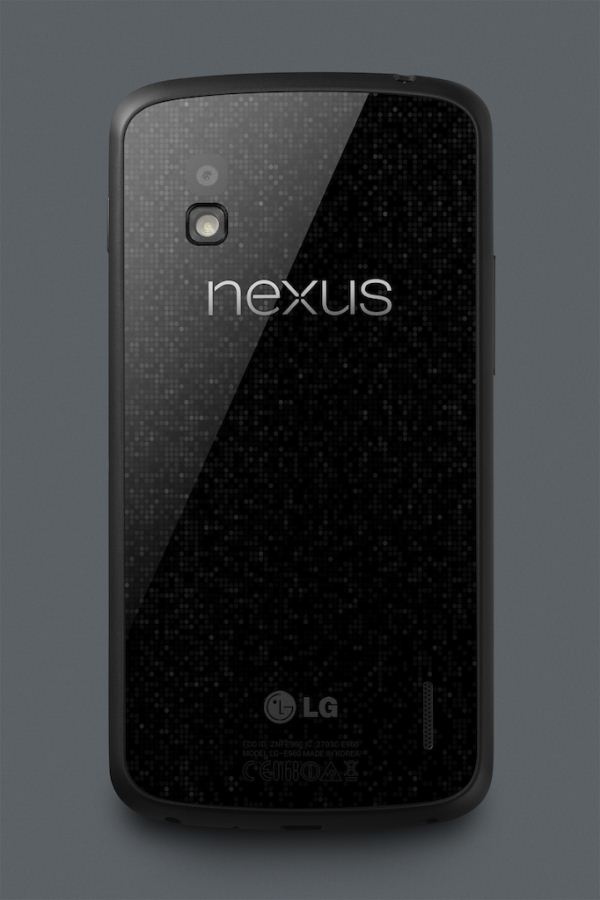
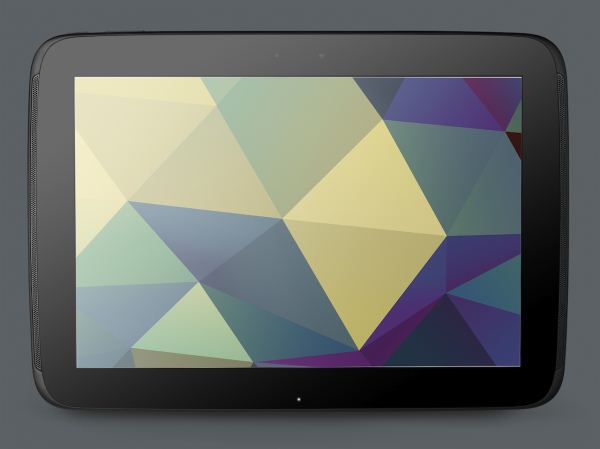




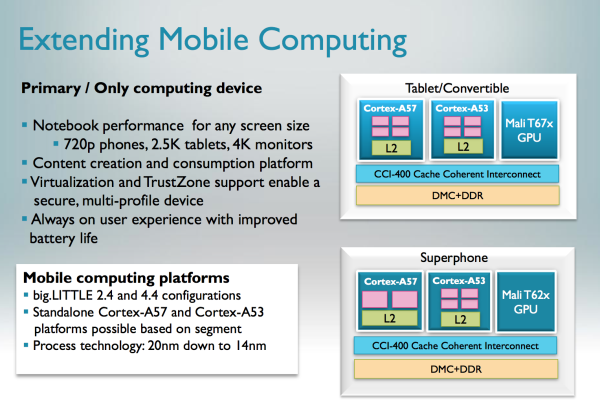
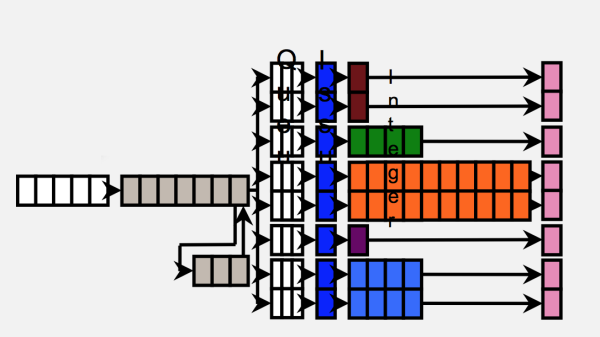

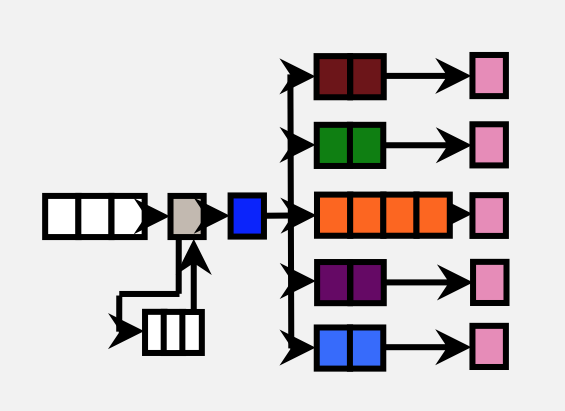
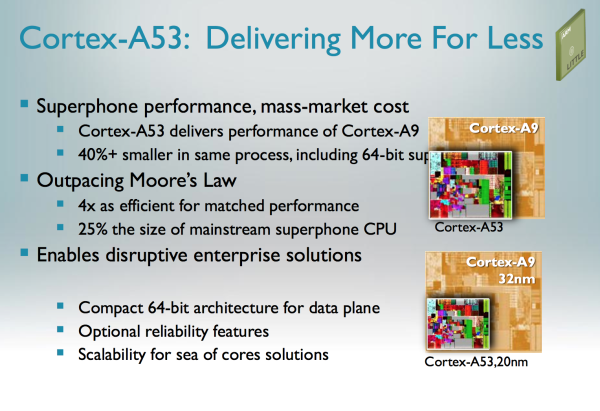
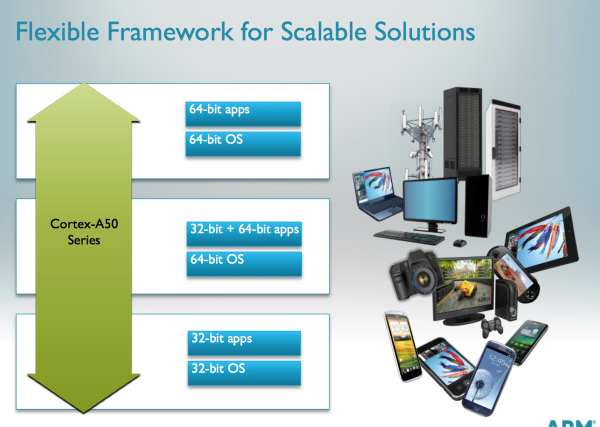
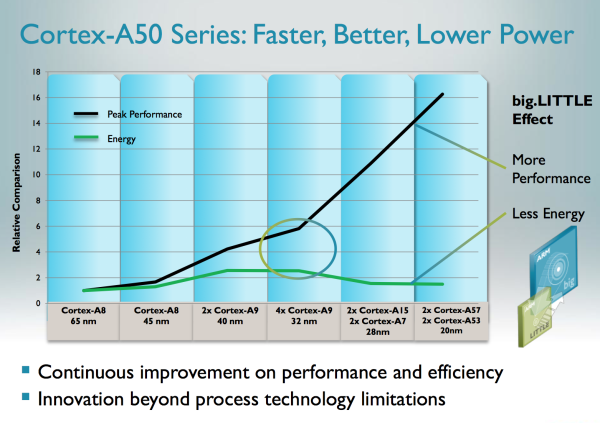
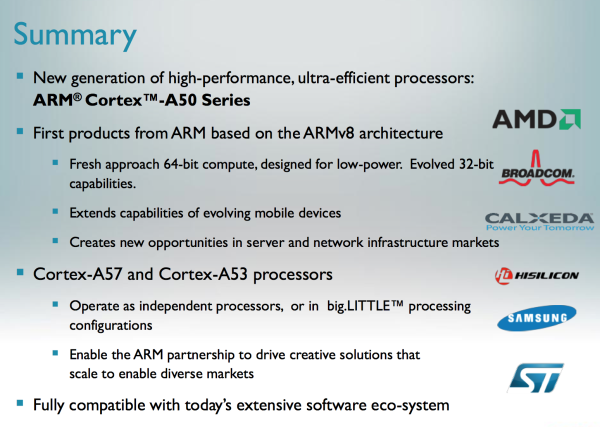


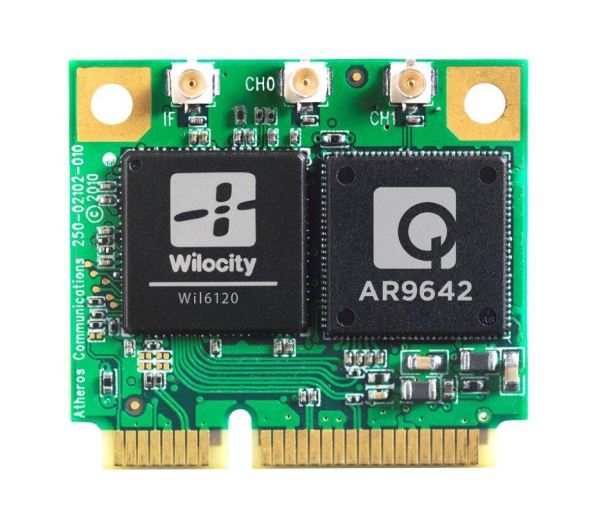
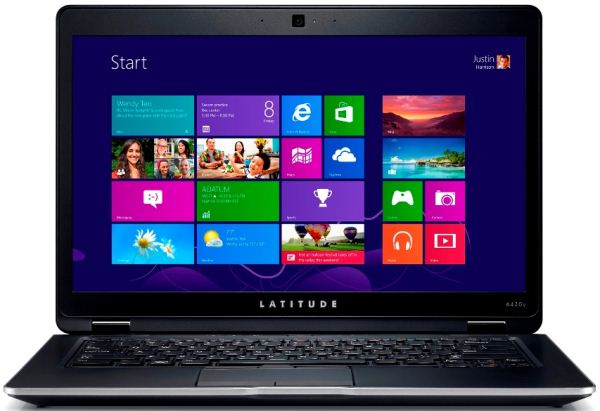

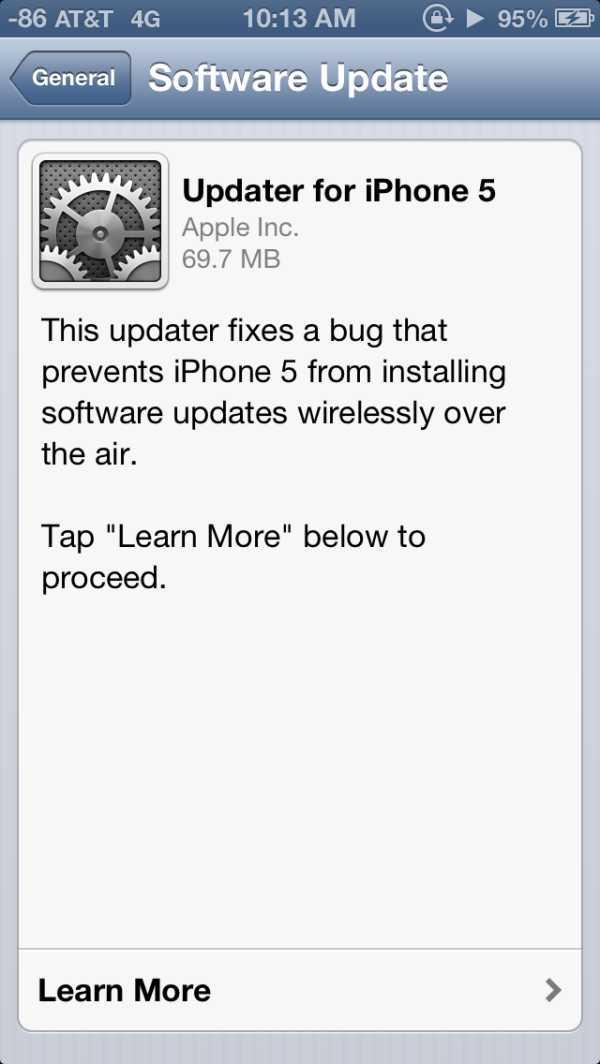
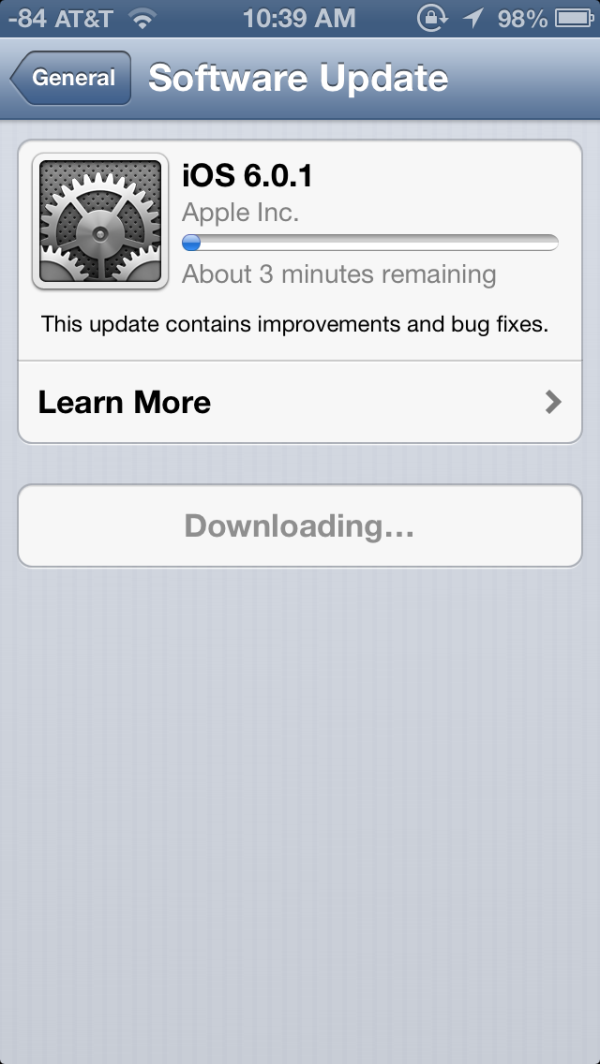
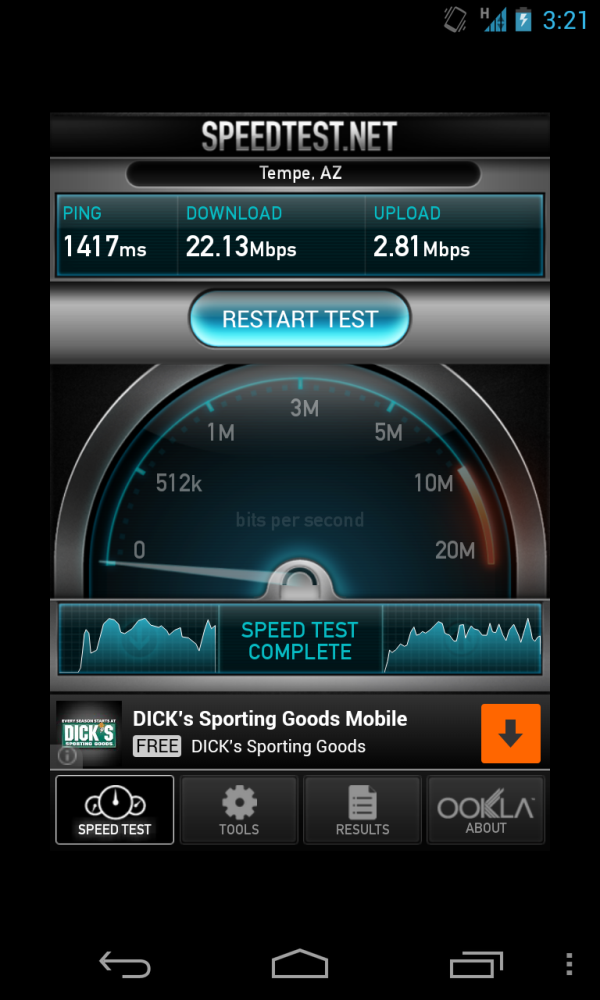
















Bookmarks